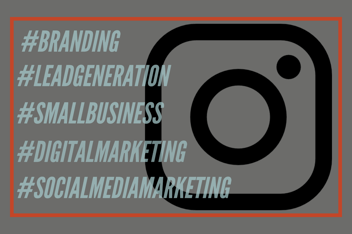Improve Blog Interaction With Recommendation Engines

If you have already conquered the basics of publishing a business blog, it’s time to take it to the next level.
Your blog is at the center of your content marketing universe, serving as the hub to promote your gated content and convert visitors into leads.
As your content hub, promoting your blog becomes a top priority, because the more readers you attract, the more potential your blog has to generate leads who will be come customers.
One way to increase overall readership and to deepen your readers’ engagement with your blog is through the use of recommendation engines.
These recommendations can take many forms: widgets installed right on your blog post pages, manual recommendations at the bottom of a post, or even recommendations sending visitors from other pages on your website to the blog for more in-depth information about a specific topic.
They are the same type of dynamic content that allows Amazon.com and other online retailers to tell you “Customers who bought this item also bought …”
The simplest method of adding recommendations, especially if you are just getting started, is to manually add your suggestions at the end of a blog post. It is as easy as a small list of “Recommended reading,” “Related posts” or “More posts about _____”. List the titles of three or four blog posts that are natural complements to what the reader is interested in and link to them.
These recommendations are a great way of showing the depth of information and knowledge you have available for your readers to put to use.
Other widgets can be created as part of your website architecture, or provided by companies such as AddThis or OutBrain, that use algorithms to generate lists of suggested content for your readers, both on-domain and off-domain. Of course, if the intent is to keep your readers on your site so they can become leads, you’ll want the recommended links to be on-domain only.
However, you may also want to take advantage of the content aggregation features of those companies, and others such as Zemanta, which uses content advertising such as promoted recommendations, in-text links or in-stream ads to bring readers to your blog when they are searching for or reading content related to that you have to provide.
Of course, no matter how readers find your blog, the key to keeping them and converting them into leads is by providing the relevant content they are seeking. Find more tips on How to Grow & Scale Your Business Blog in our free ebook here.
-1.png?width=1652&height=294&name=Jones(RGB)-1.png)












